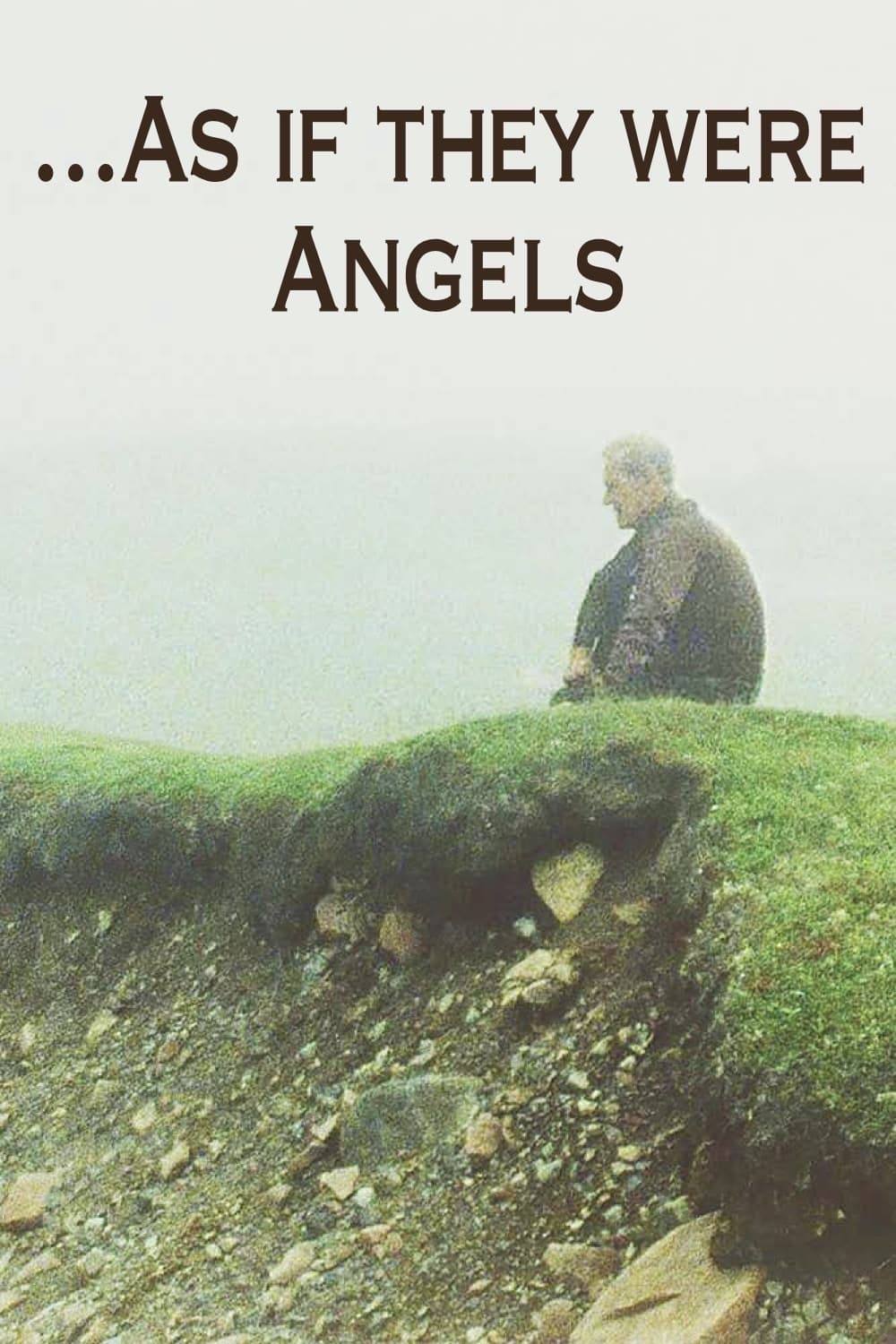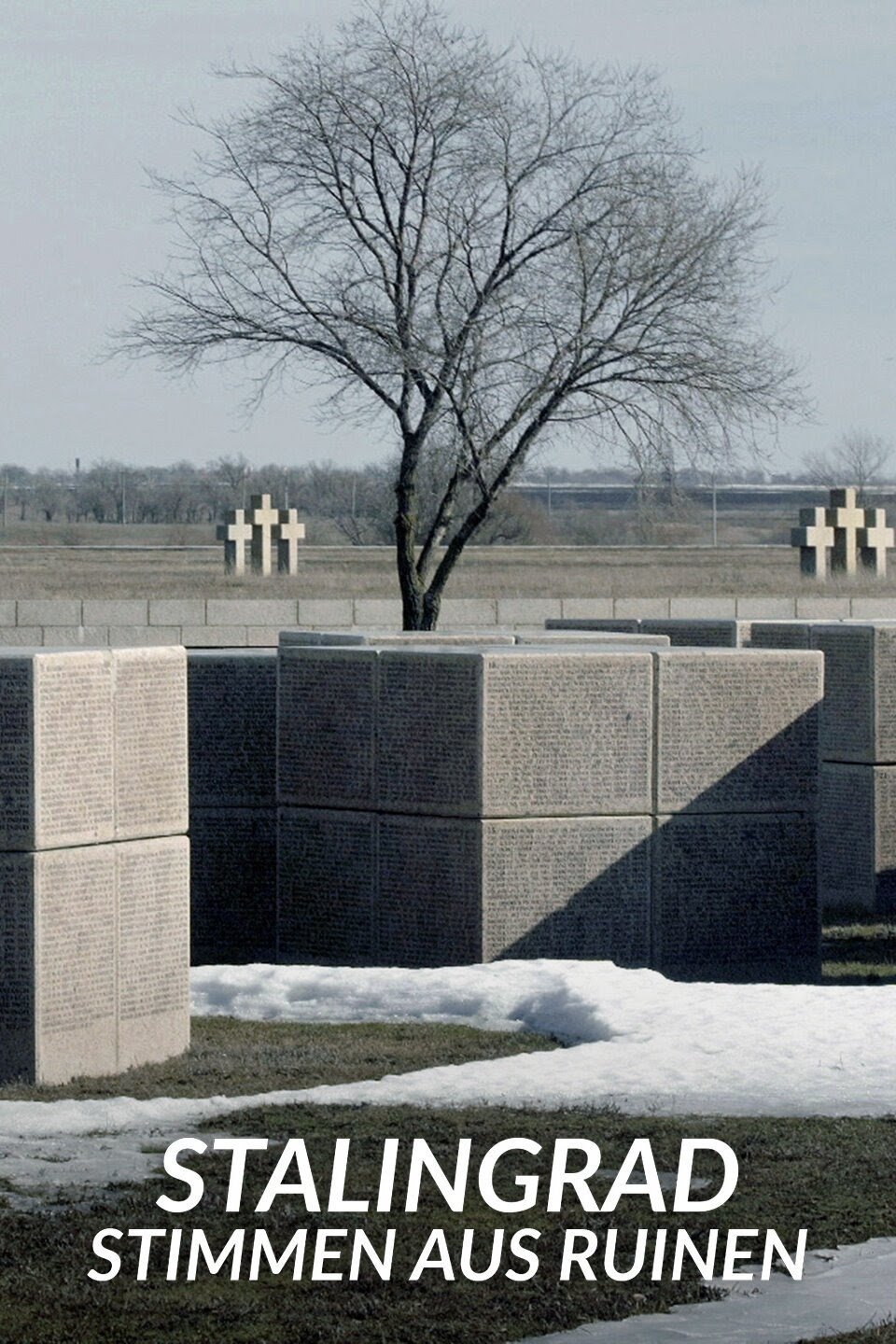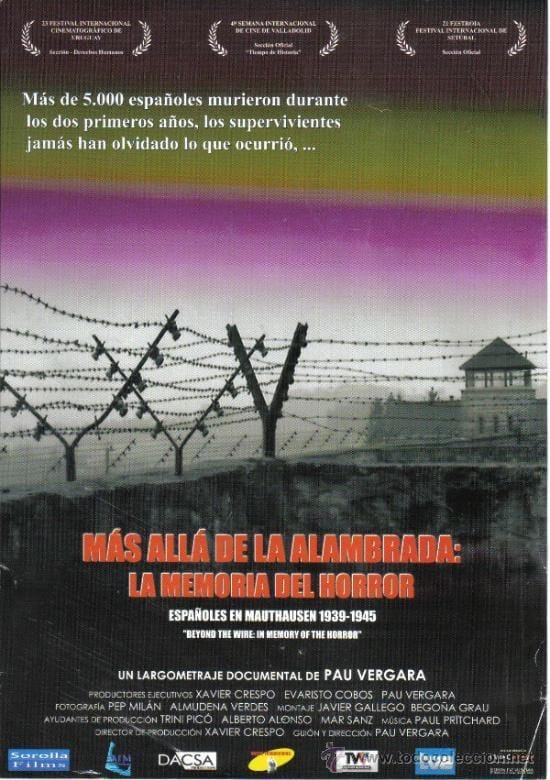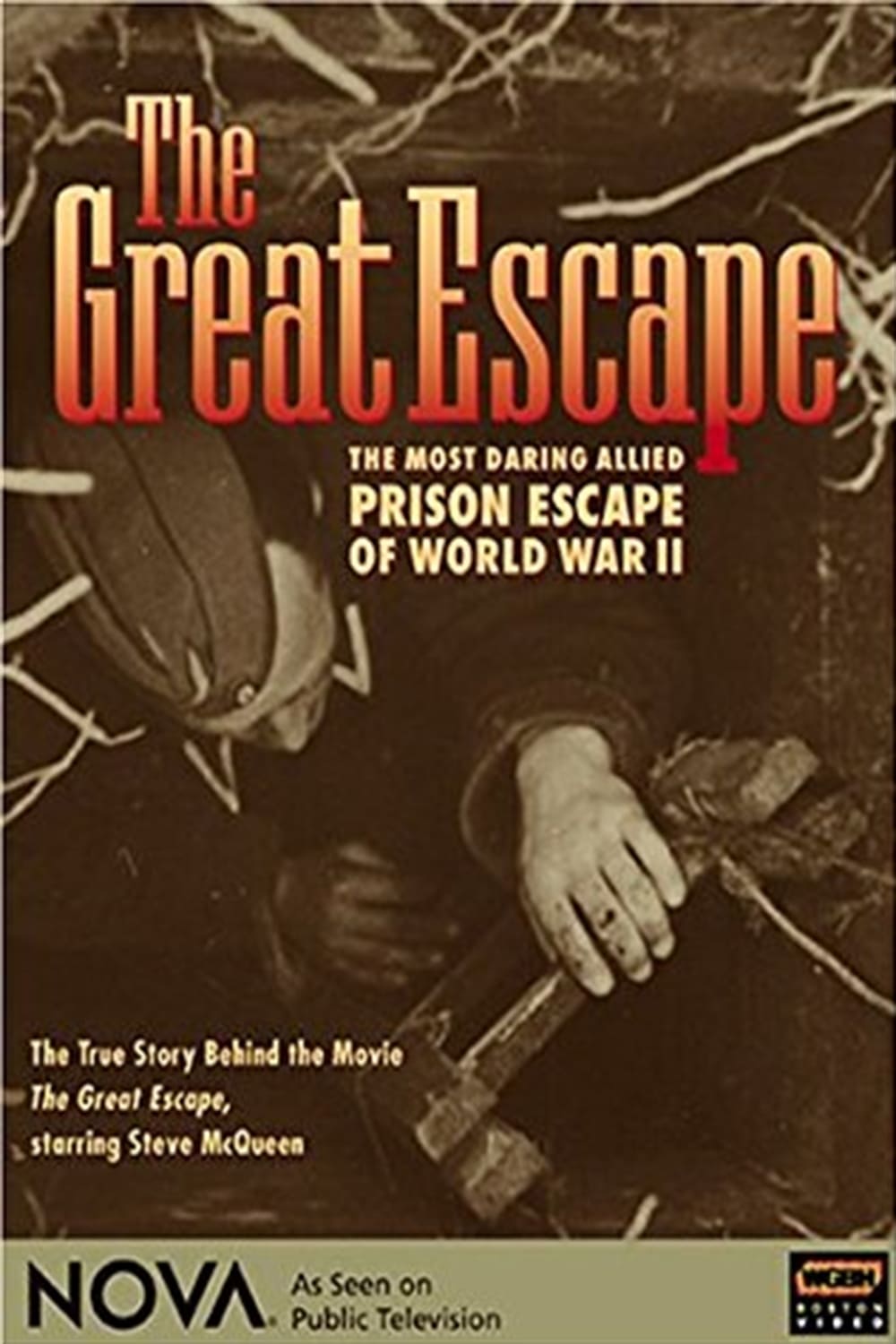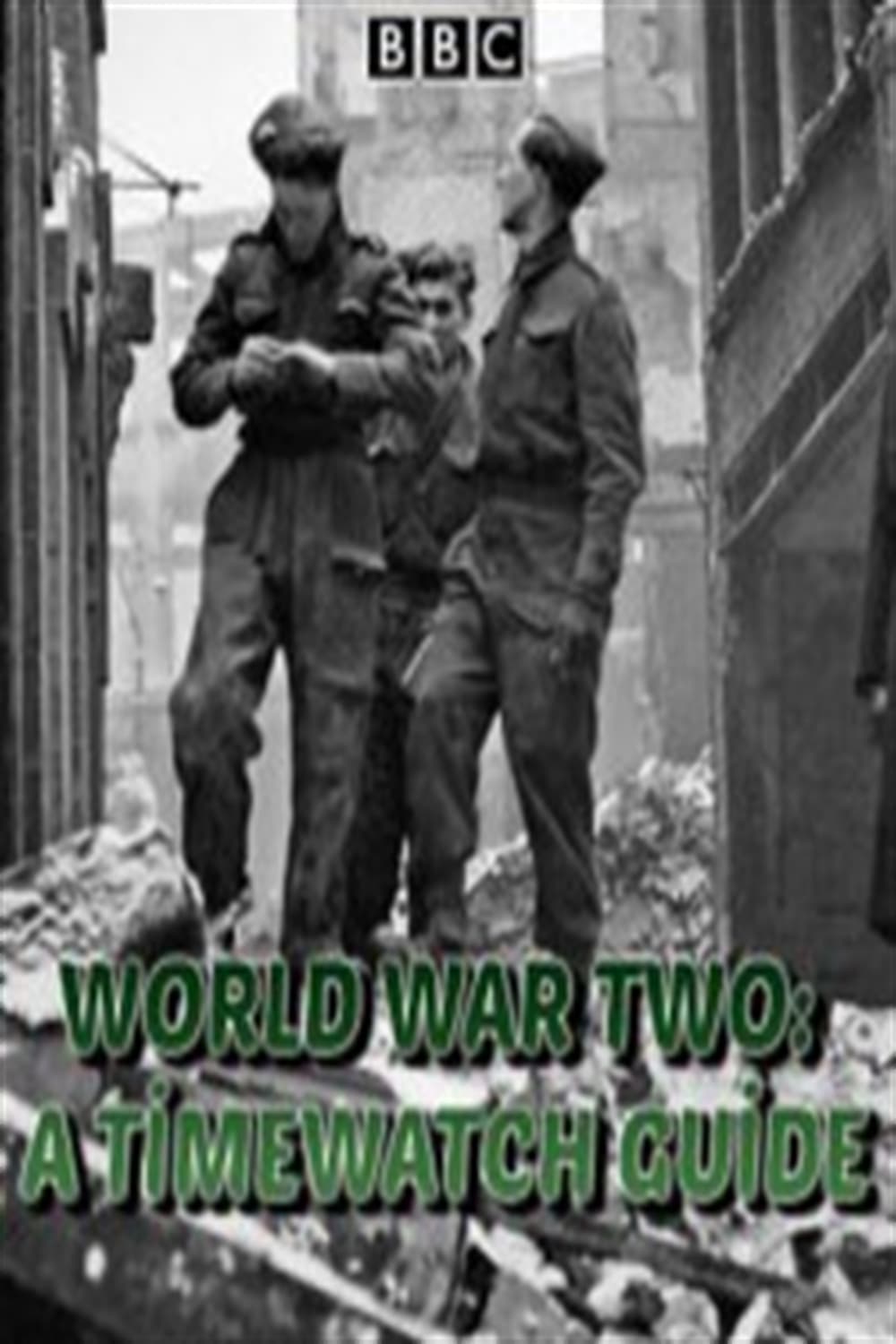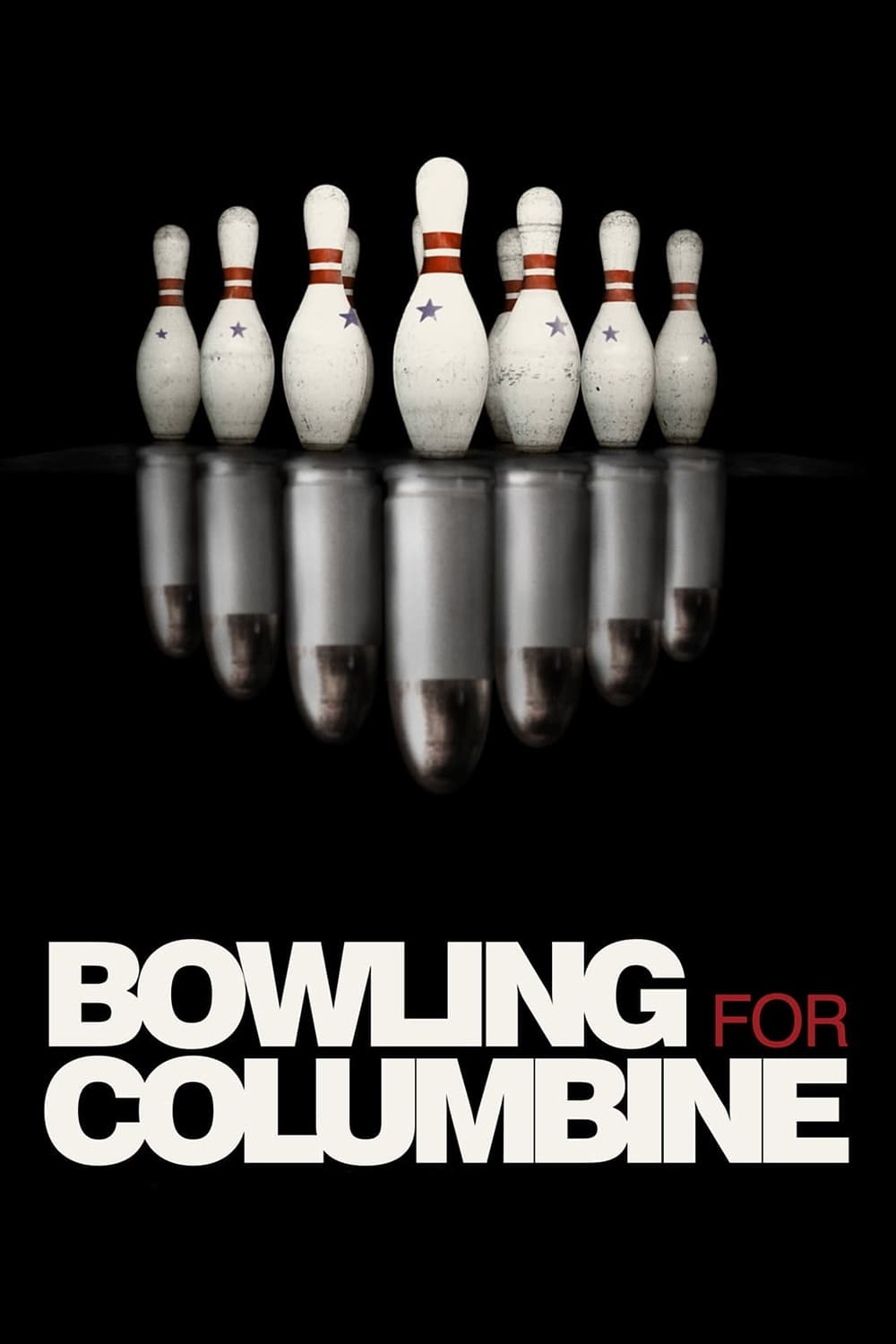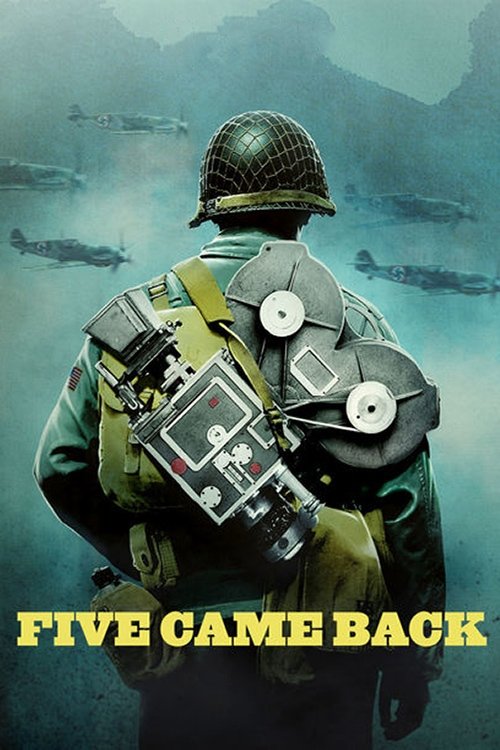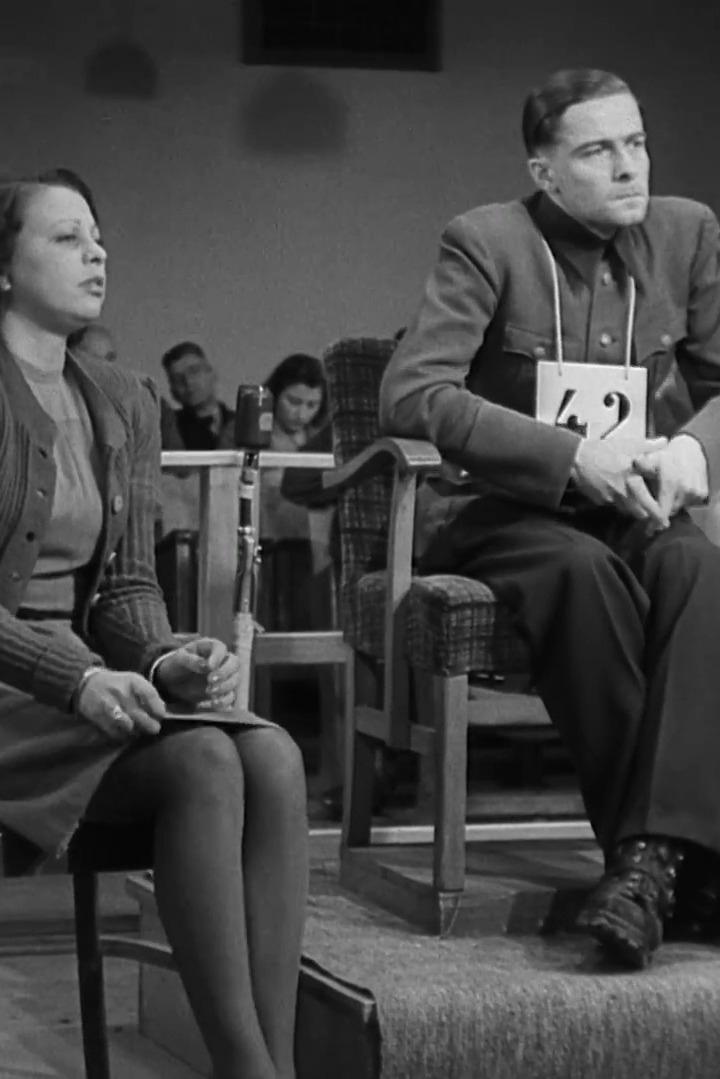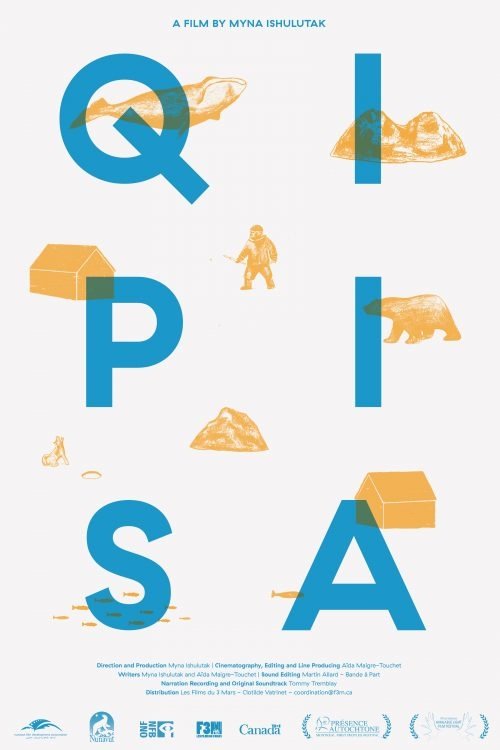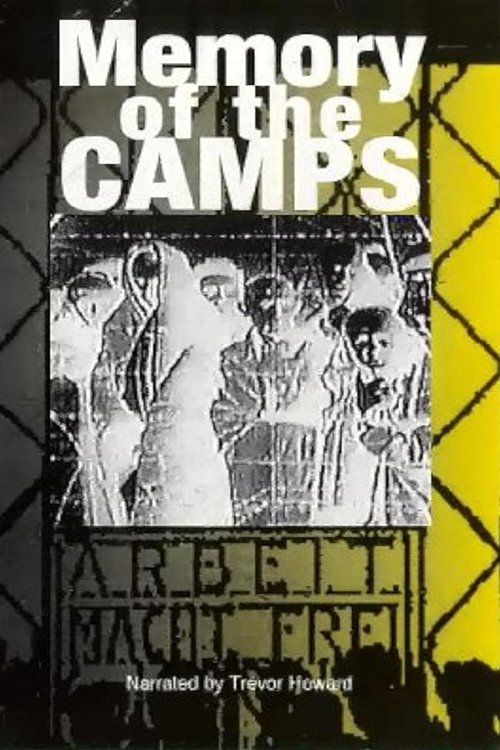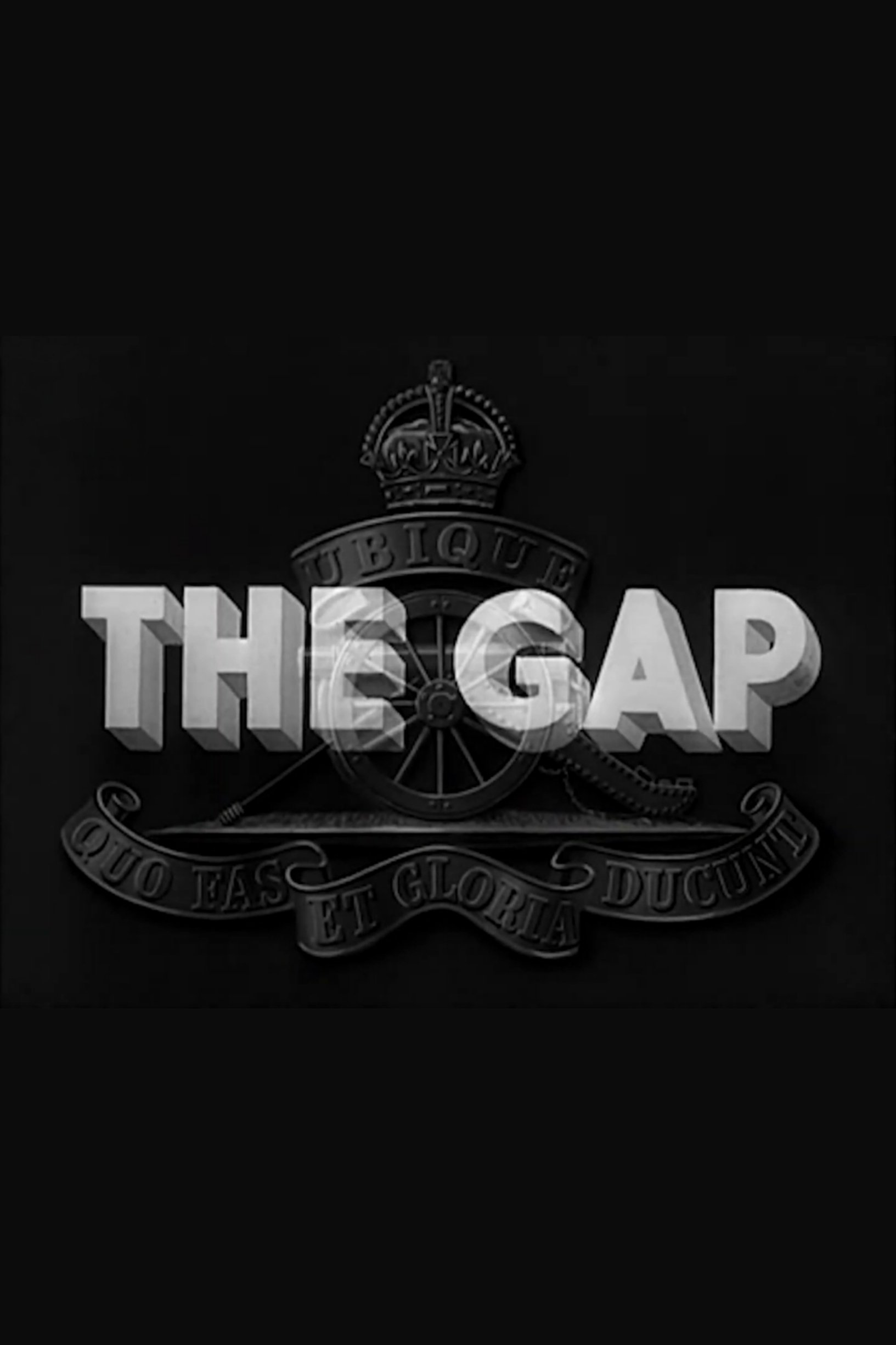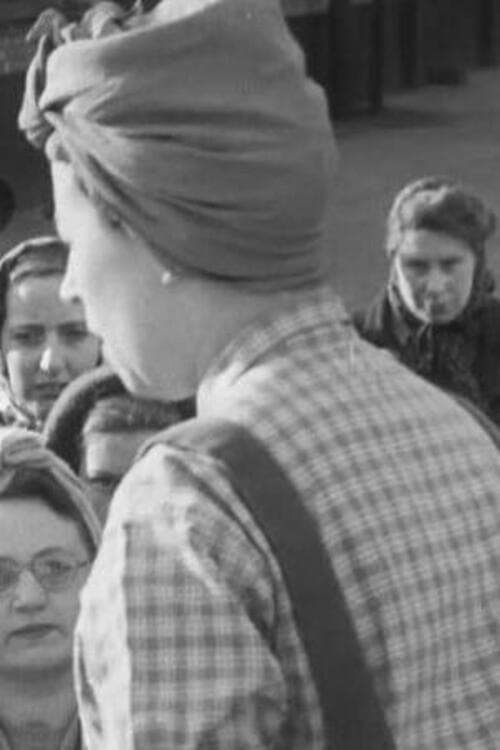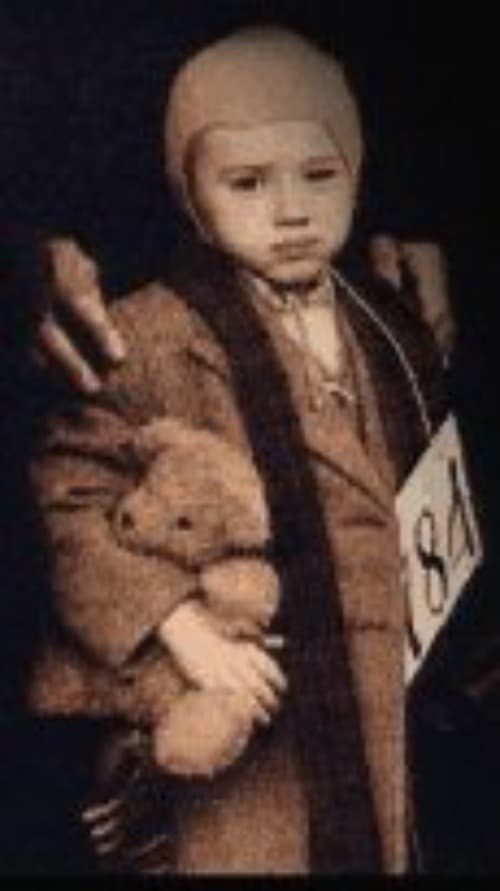
Sleeping Tigers: The Asahi Baseball Story (2003)
Released:
2003-04-01
Duration:
50min
Genres:
Documentary
Rating 0.0
Overview
After the Japanese attack on Pearl Harbor, all persons of Japanese descent in Canada were sent to internment camps. The former Asahi members survived by playing ball. Their passion was contagious and soon other players joined in, among them RCMP officials and local townspeople. As a result, the games helped break down racial and cultural barriers.
Production Companies
Additional Info
| Budget | $0.00 |
|---|---|
| Revenue | $0.00 |
| Original Language | en |
| Popularity | 0.0619 |
Directed By
Jari Osborne
TOP CAST

Robert Ito
Narrator
